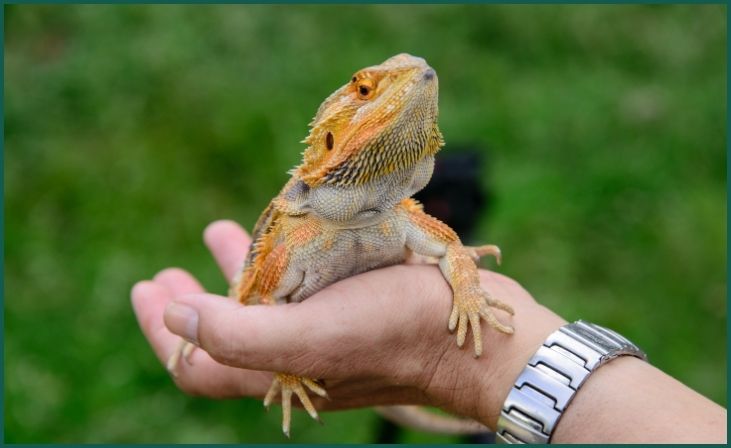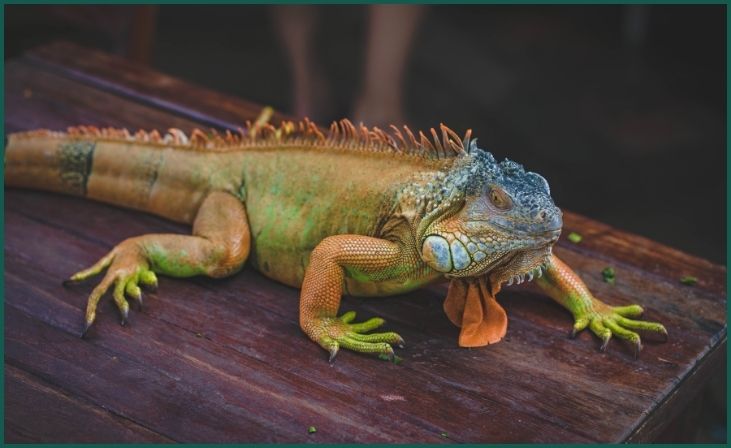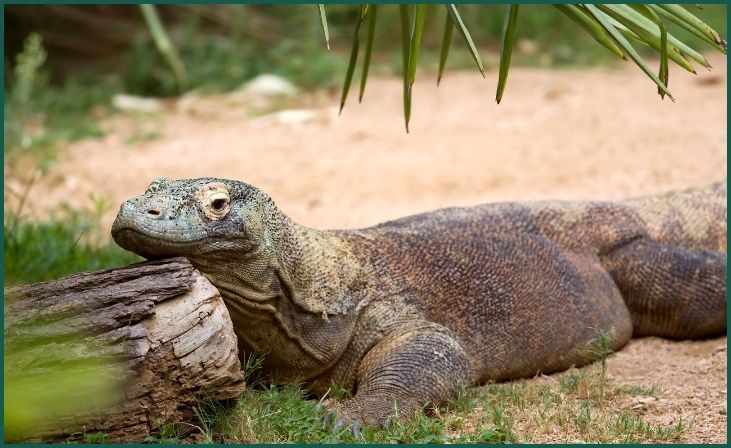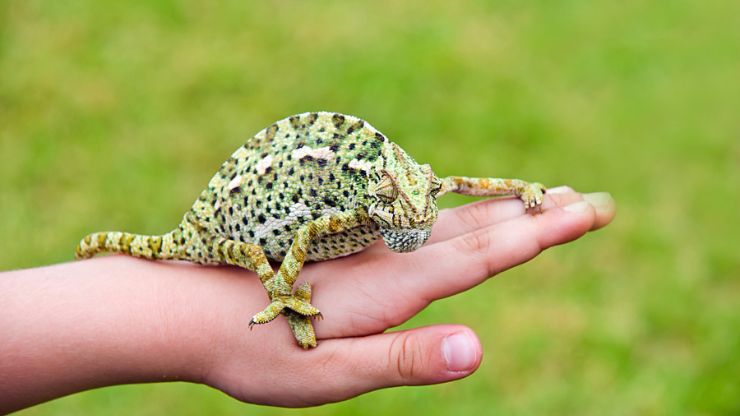Welcome to our comprehensive guide on 8 fascinating pet lizard types for reptile lovers. Lizards are intriguing creatures known for their diverse characteristics, captivating behaviors, and unique adaptations. As a reptile enthusiast or someone considering adding a lizard to their family, understanding the different types of lizards available as pets is essential. In this blog, we will delve into eight distinct lizard species that make excellent pets. From the colorful and vibrant bearded dragons to the exotic and graceful chameleons, each lizard type has its own set of traits, care requirements, and fascinating qualities. Whether you’re a beginner looking for a low-maintenance lizard or an experienced reptile keeper seeking a new challenge, there’s a lizard species on our list that will capture your interest.
We’ll explore the habitat preferences, dietary needs, handling tips, and general care guidelines for each lizard type, providing you with valuable insights to ensure a happy and healthy life for your pet lizard. Whether you’re drawn to the striking appearance of geckos or the intelligence of monitor lizards, this guide will help you navigate the world of pet lizards and make informed decisions about choosing and caring for your scaly companion.
Table of Contents
ToggleLizard Types for Reptile Lovers
Bearded Dragon

Bearded dragons are among the most popular pet lizard species, known for their friendly and docile temperament. Originating from Australia, they have become favored pets worldwide due to their ease of care and adaptability to captive environments. These lizards are omnivorous, meaning they eat a combination of plant-based foods like vegetables and fruits, along with insects and small rodents. Their varied diet makes them relatively straightforward to feed, making them an excellent choice for beginners in the reptile-keeping hobby. Bearded dragons also have distinctive beard-like spines under their throats, which they puff out during displays of aggression or to regulate their body temperature. With proper care, including a suitable habitat with UVB lighting and a balanced diet, bearded dragons can live long and healthy lives, providing companionship and entertainment to their owners.
Also Read- 8 Best Hiking Dogs of All Sizes To Keep You Company on the Trail
Green Anole

Green anoles, also known as Carolina anoles, are small, arboreal lizards native to the southeastern United States. They are known for their quick movements and ability to change color, ranging from bright green to brown depending on their mood and environment. Green anoles are insectivores, primarily feeding on small insects like crickets, flies, and spiders. While they can be skittish and may require patience to handle, they can make fascinating pets for reptile enthusiasts interested in observing their natural behaviors and interactions. Providing a well-maintained terrarium with plenty of climbing opportunities, hiding spots, and a varied diet is crucial for keeping green anoles healthy and thriving in captivity.
Iguana

Iguanas are large, herbivorous lizards native to Central and South America, known for their impressive size and striking appearance. They require spacious enclosures with ample climbing space, UVB lighting, and a diet rich in leafy greens, vegetables, and fruits. Iguanas can be challenging pets for inexperienced keepers due to their specific care requirements, including humidity levels, temperature gradients, and potential aggression during handling. However, with proper research, preparation, and dedication to their care, iguanas can become rewarding companions for experienced reptile enthusiasts willing to provide the necessary attention and resources for their well-being.
Leopard Gecko

Leopard geckos are small, nocturnal lizards native to the deserts of Pakistan, Afghanistan, and India. They are popular pets due to their manageable size, calm temperament, and fascinating patterns. Leopard geckos primarily feed on insects such as crickets, mealworms, and dubia roaches, supplemented with calcium and vitamin D3. They require a well-maintained enclosure with a heat source, hiding spots, and a substrate suitable for burrowing. Leopard geckos are relatively low-maintenance compared to some other lizard species, making them suitable for beginners and experienced keepers alike. Their gentle nature and ease of care make them beloved pets that can provide years of enjoyment for their owners.
Don't just scroll, subscribe!
BuzzTrail's unique web-stories are the cure for boredom you've been waiting for.
Monitor

Monitors are a diverse group of lizards belonging to the Varanidae family, with species ranging in size from a few inches to several feet long. They are known for their intelligence, curiosity, and predatory instincts. While some monitors, like the Savannah monitor, can make suitable pets with proper care, others may require more space, specialized diets, and experienced handling due to their size and behavior. Monitors are carnivorous, feeding on a variety of prey items such as insects, rodents, and even other reptiles in the wild. Providing a spacious enclosure, appropriate heating and lighting, and opportunities for mental stimulation through enrichment activities are essential for keeping monitors healthy and happy in captivity.
Skink (Blue Tongue)

Blue-tongue skinks are a group of lizards native to Australia, New Guinea, and Indonesia, characterized by their vibrant blue tongues and relatively docile nature. They are omnivores, consuming a diet that includes vegetables, fruits, insects, and small vertebrates. Blue-tongue skinks are popular pets due to their gentle demeanor, ease of handling, and interesting behaviors. They require a well-structured habitat with hiding spots, basking areas, and a varied diet to thrive in captivity. Blue-tongue skinks can make excellent pets for reptile enthusiasts of all experience levels, providing interactive and rewarding interactions for their owners.
Tegu

Tegus are large, terrestrial lizards native to South and Central America, known for their docile temperament and impressive size. They are omnivorous, feeding on a wide range of foods such as fruits, vegetables, eggs, insects, and small mammals. Tegus require spacious enclosures with ample room to move, basking spots, hiding areas, and a varied diet to maintain their health and well-being. While they can become tame and form bonds with their owners, tegus need experienced handling due to their size and potential for aggression, especially during breeding seasons. Providing proper socialization, enrichment, and a suitable environment are essential for keeping tegus as pets successfully.
Uromastyx

Uromastyx, also known as spiny-tailed lizards, are native to arid regions of northern Africa, the Middle East, and south-central Asia. They are known for their striking appearance, with spiny tails and colorful scales. Uromastyx are herbivores, primarily feeding on a diet of greens, seeds, flowers, and occasional insects. They require a warm and dry habitat with opportunities for basking, hiding, and burrowing. Uromastyx can be fascinating pets for reptile enthusiasts interested in arid-adapted species, as they have unique behaviors and adaptations suited to their desert habitats. Proper husbandry, including UVB lighting, temperature regulation, and a balanced diet, is crucial for keeping uromastyx healthy and thriving in captivity.
For More- 7 Things That Will Make Your Cat Happy
Conclusion
In conclusion, pet lizards offer reptile lovers a diverse array of species to choose from, each with its unique characteristics, care requirements, and appeal. From the gentle and easy-to-care-for bearded dragons to the majestic and fascinating tegus, there is a lizard species suitable for enthusiasts of all experience levels. However, it’s crucial to research and understand the specific needs of each lizard type before bringing one into your home. Providing a proper habitat, nutrition, enrichment, and handling is essential for the health and well-being of these captivating reptiles. With the right care and dedication, pet lizards can become rewarding companions, offering endless fascination and enjoyment to their owners.
FAQs
Are all pet lizards suitable for beginners?
Are all pet lizards suitable for beginners?
While some lizards like bearded dragons and leopard geckos are beginner-friendly due to their manageable size and relatively simple care requirements, others such as monitors and iguanas may be more challenging and require experienced handling.
Do pet lizards require special lighting and heating?
Do pet lizards require special lighting and heating?
Yes, most pet lizards need UVB lighting for calcium metabolism and a heat source to maintain proper body temperature. It’s crucial to provide the right lighting and heating setup based on the specific needs of each lizard species.

